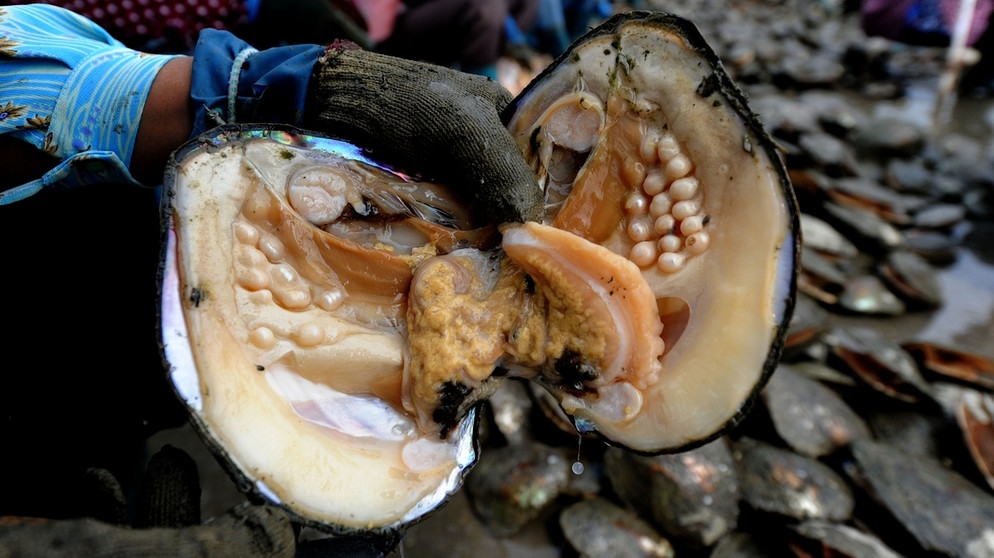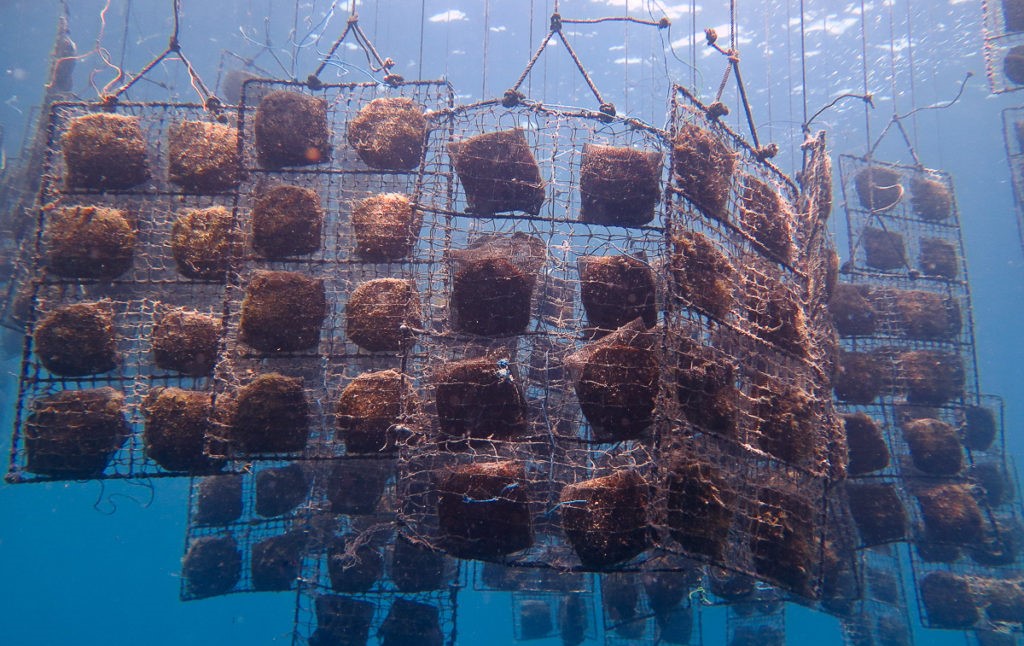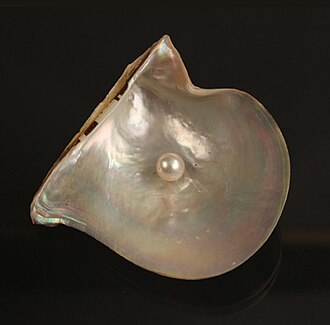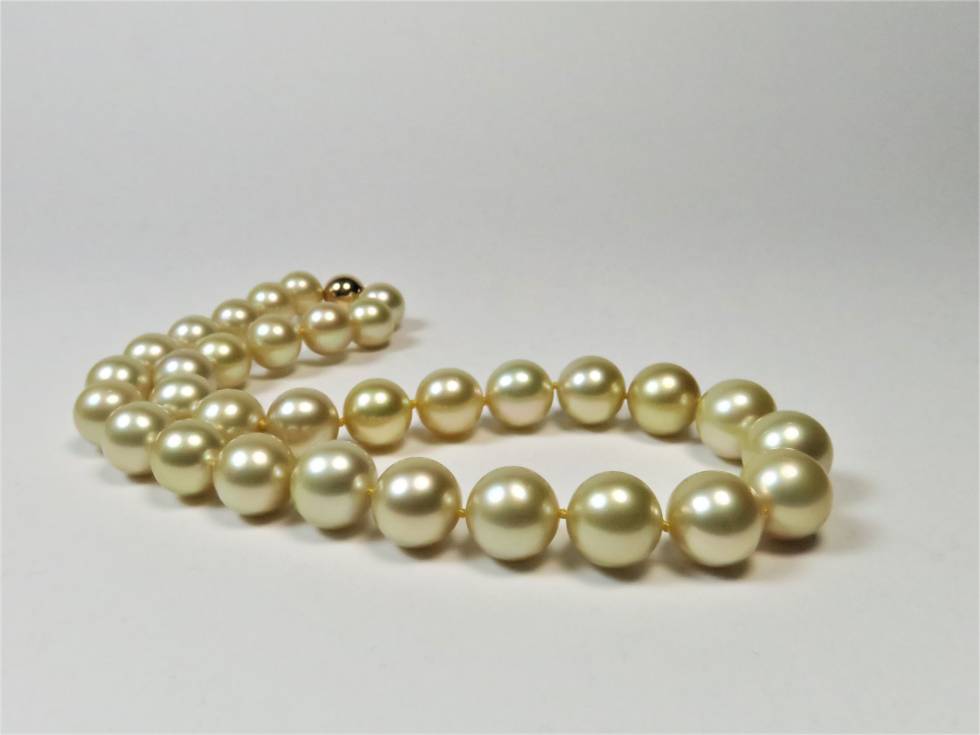Galli Uhren Bijouterie AG
Theaterstrasse 16, on Bellevue
CH-8001 Zurich
Tel: +41 44 262 04 10
Fax: +41 44 252 49 96


Hidden in the deep waters of the ocean, pearls unfold their enchanting elegance. For centuries, they have fascinated mankind with their timeless beauty and unrivalled lustre. The history of pearls goes back a long way and harbours secrets that transport us into a world where luxury and naturalness merge harmoniously.
“Let’s immerse ourselves in the fascinating world of pearls and explore their origins and their unmistakable beauty.”
The history of the pearl goes back far beyond our imagination. (5700 to 5600 BC) The fascination with real pearls has therefore existed for many millennia. In ancient times, pearls were highly coveted, partly due to their rarity.
Nowadays, only cultured pearls that have been cultivated by humans can be found on the market. In the early 1920s, the Japanese Kokichi Mikimoto was the first to bring fully round cultured pearls onto the market. His method is still practised in many countries today.

In order for a pearl to develop, a mussel needs to be injured by a foreign body or parasite. The natural reaction of a mussel to this event is the secretion of nacre on the corresponding region. Over the years, a pearl is formed. There are various types of mussels / snails that can exhibit such a reaction. The best known are certainly those of the genus Pinctada (salt water) and Hyriopsis (fresh water)

The freshwater pearl got its name because it is cultivated in rivers and lakes. The mussel is much larger than the saltwater variety and can produce around 20-30 pearls per cycle (3-6 years). Due to the quantities that can be cultivated in this way, they are not as valuable as saltwater pearls (1-2 pearls per cycle).
The colour palette ranges from white to pastel shades.


The Akoya pearl is one of the best known types of pearl cultivated today. It is very popular due to its regular round shape and high lustre.
The colour of Akoya pearls is always white and usually has a salmon shimmer.
The South Sea pearl is often regarded as the queen of pearls. It is one of the most precious pearl species there is. What certainly sets it apart from the others is its size, the oysters of the genus Pinctada maxima can produce pearls up to 22mm. In comparison Akoya pearls are sold on average at 8mm. The colours range from white to cream and golden.


As the name suggests, Tahitian pearls are cultivated around Tahiti. To be precise, from the waters of French Polynesia in the South Pacific. What certainly sets these pearls apart are their dark colours. These range from silver-grey, dark green and bronze to black. The most sought-after colour is the peacock (peacock feather), which shimmers in all the colours of the rainbow.
In addition to the type of pearl, a pearl is assessed according to five criteria that determine its value.
S – stands for size. How many mm has it reached?
S – stands for surface. Does the pearl have scars?
S – stands for shape. Is the pearl nice and round?
L – stands for lustre. How is the lustre of a pearl?
C – stands for colour. Is the colour intense and even?

Pearls have always awakened fantasies and captured hearts. This is also reflected in the history of the Gellner jewellery manufactory. It is characterised by a love of cultured pearls and an enthusiasm for their special magic. A love to which the company has always remained true. Today, Jörg Gellner runs the company founded by his parents Heinz and Tove Gellner in 1967. Spirit of Pearls is the combination of business virtue and a passion for jewellery. And this spirit has turned selected beautiful cultured pearls and a creative line into a success story.